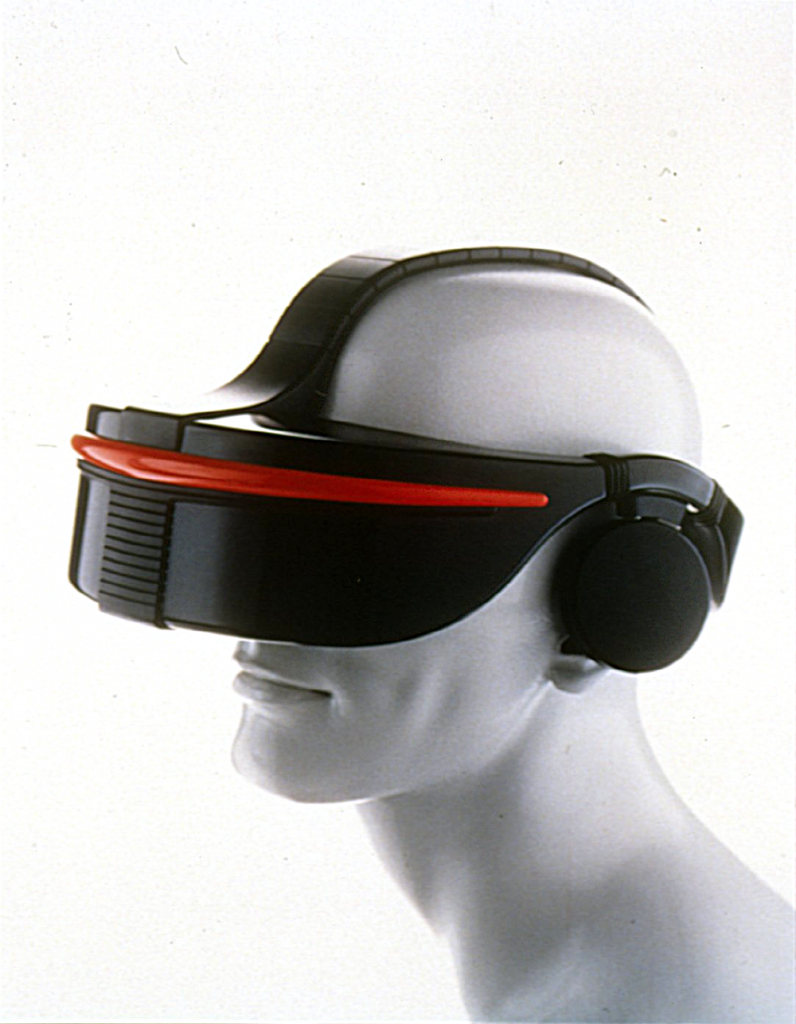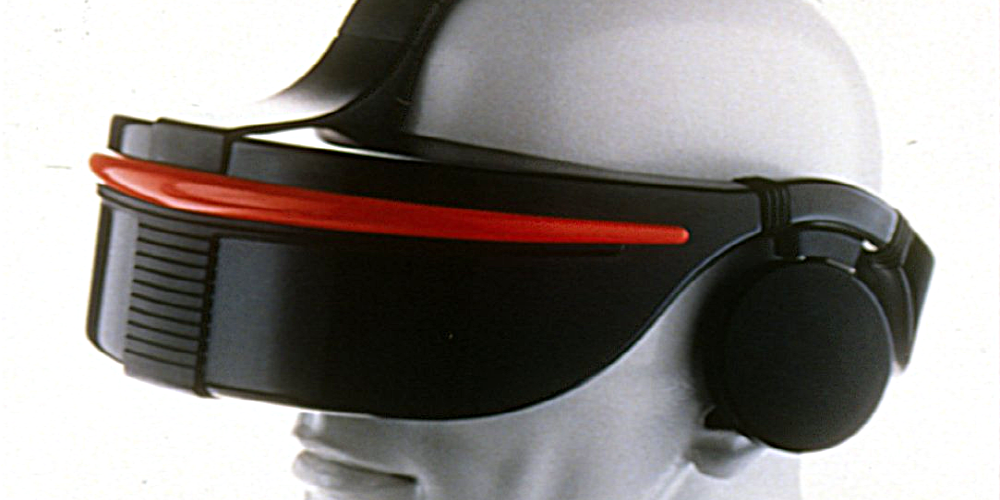
Sega VR (Sega VR) game data and source code, which was announced in 1993, but did not reach actual commercialization, were reconfigured and released in a form that can be played in a virtual reality headset these days.
Sega VR was not a private, secret project, but was released during CES in the summer of 1993. At the time, many articles were published in game magazines, and an ambitious price of only $199 was announced. However, the release was stopped before actual production. Tom Kalinsky, then president of Sega USA, recalled in a later interview that it was because most people felt bad and had severe motion sickness.
According to a document released by the video game history foundation VGHF, the restoration began when Gaming Alexandria Dylan Mansfield discovered the CD-ROM at the time. It is said to be one of four software for headset systems designed to connect to a standard Megadrive/Genesis called Nuclear Rush.
The report also partially clarifies where motion sickness is likely to have occurred. One is that the screen refresh rate is low. These days, virtual reality headsets such as Oculus Quest 2 are basically 72Hz, but in Sega VR, they were only 15Hz.
In addition, the Sega VR can only rotate left and right and tilt the user’s head, and the rotation of the front and rear axes is not detected, so the user needs to sit down. For reference, high-end VR nowadays supports 6DoF including location movement.
On the VGFH side, the original game programmers worked a lot without a real headset, and the Sega VR operation was reproduced by supplementing the lack of source code and mitigating 3D motion sickness on the Genesis emulator that supports OpenVR. At the same time as the video is released, a Windows 10 PC, virtual reality headset, emulator and ROM set are actually being downloaded.
The restored Nuclear Rush is a classic 3D tank game with 2D sprites and palettes. Already in the contemporary Super Famicom Star Fox or Mega Drive virtual racing, the rudimentary polygon moved by adding an operation chip, but the situation was different. Anyway, it was a cliché saying that it was ahead of the times, but it might have been wise to give up on the release as it could have caused health problems if the virtual reality headset was released at the technology level at the time. Related information can be found here .


















Add comment